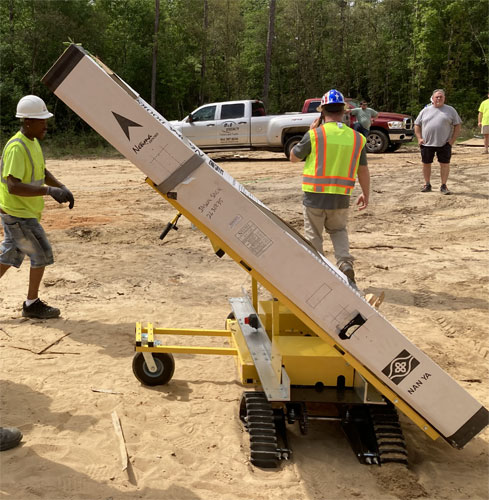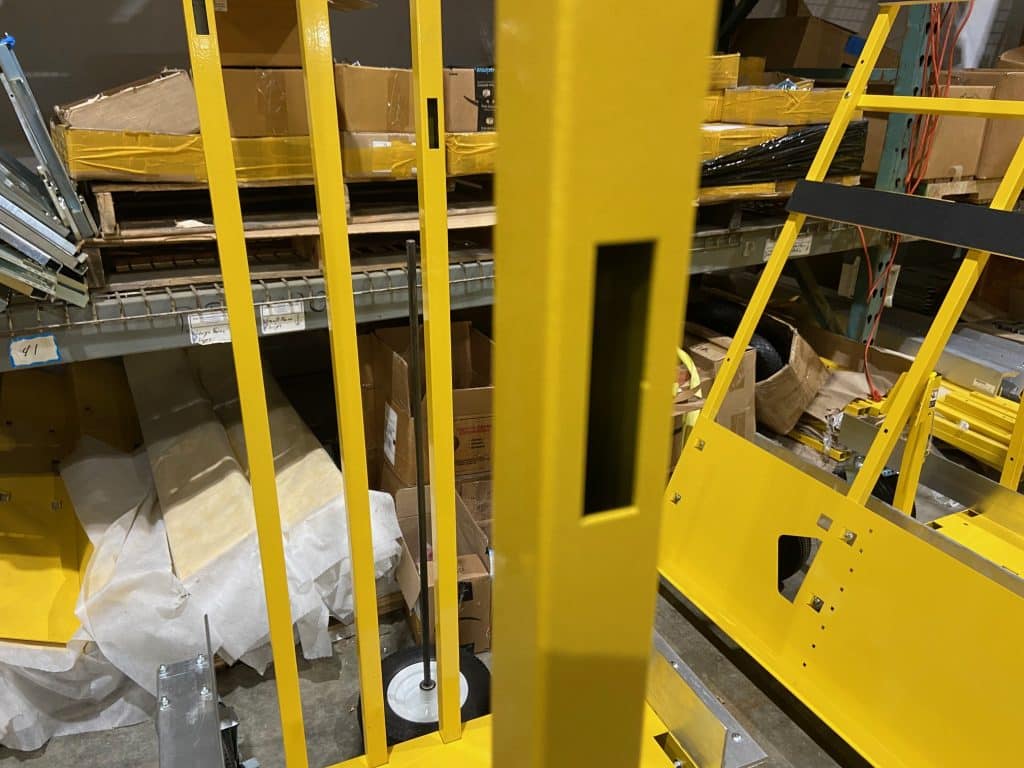

Jobsite injuries not only cause pain and suffering for employees but also lead to significant financial losses for companies. Among the various types of injuries, those related to lifting are particularly prevalent and preventable.
Understanding the Impact
Jobsite injuries can result in direct costs such as medical expenses and compensation payments, as well as indirect costs including lost productivity, training replacement employees, and damage to company reputation. Lifting injuries, due to their nature, often lead to prolonged recovery times, increasing these costs substantially.
Prevention Strategies
Proper Training and Techniques
Investing in comprehensive training programs that teach proper lifting techniques is crucial. Employees should be trained to lift with their legs, not their back, and to ask for help with heavy items.
Ergonomic Equipment
Using ergonomic tools and equipment can significantly reduce lifting injuries. Items such as adjustable workstations, lifts, and automated machinery help minimize the physical strain on workers.
Regular Breaks and Physical Support
Encouraging regular breaks and providing physical support accessories like back braces can also prevent injuries. These breaks help workers avoid fatigue, which is a common cause of accidents.
Technology to the Rescue: Introducing the Scoop Dolly
Towards addressing these challenges, the Scoop Dolly presents a groundbreaking solution, particularly for moving heavy, tall, narrow, and long products around a warehouse or onto a truck safely, without a forklift, and with just one person.
Design and Efficiency
The Scoop Dolly’s unique design features a pivoting “scoop” section, which allows objects to be loaded without tilting the entire dolly. This design not only prevents lifting injuries but also simplifies the process, making it faster and more efficient. The dolly can accommodate objects from 3 ft. to 12 ft. tall, with the capability of handling up to 800 lbs., upgradeable to 1000 lbs.
Omni-Directional Movement
Equipped with omni-directional casters, the Scoop Dolly allows for movement in any direction, easing the maneuverability of long and bulky items through tight spaces. This capability is crucial in cluttered or confined jobsite environments.
Versatility and Accessibility
The Scoop Dolly also features optional accessories like Leverage Bars and Dock Transition Wheels, enhancing its versatility for various loads and surfaces. These additions make it an indispensable tool for diverse jobsite applications, from moving fully framed doors and windows to large appliances and pre-manufactured cabinet sections.
Safety and Cost-Effectiveness
By reducing the need for multiple workers to move heavy items, the Scoop Dolly not only cuts down on labor costs but also significantly diminishes the risk of lifting injuries. Its ability to keep the load stable and supported once loaded means less physical strain on the operator, thereby fostering a safer work environment.
Conclusion: Lessen Jobsite Injuries with the Proper Technology
Injuries related to lifting are a major concern on job sites, but with the right strategies and tools, they can be effectively prevented. The Scoop Dolly is a testament to how innovative solutions can transform workplace safety, proving that investing in such technologies not only enhances efficiency but also conserves resources and protects employees. By adopting tools like the Scoop Dolly, companies can ensure safer handling of materials, which translates to fewer injuries and a healthier bottom line.
For more information on the Scoop Dolly and its capabilities, download our brochure or find a distributor near you. Let the Scoop Dolly take the load off your workforce and see the difference in safety and efficiency it brings to your operations.
Continue Reading













